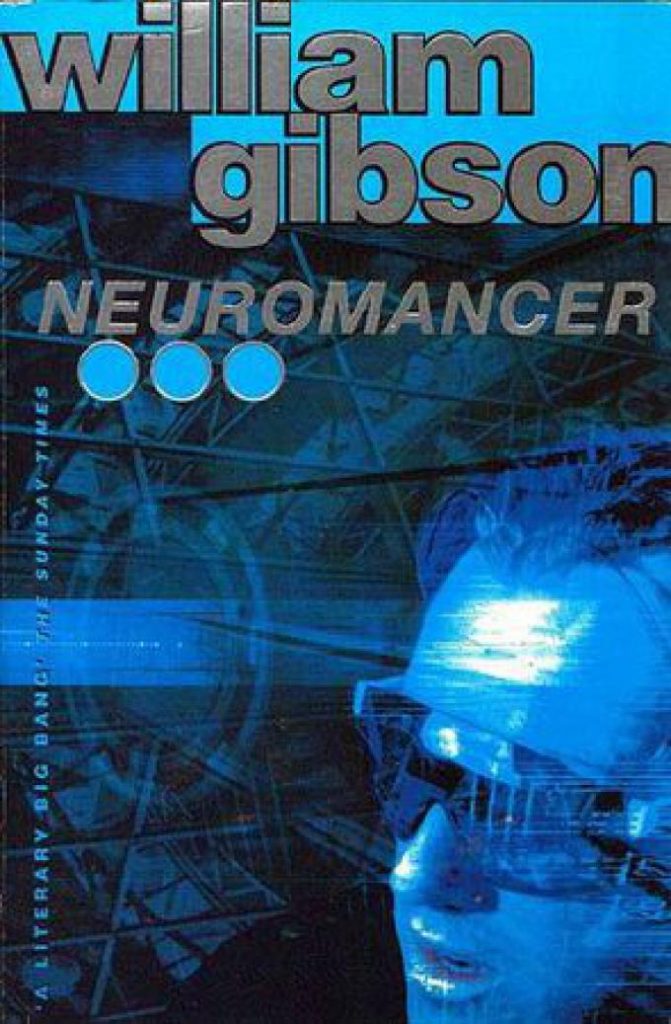A main feature of the novel is the ‘matrix’ (not to be confused with the film series, although it did borrow a lot from Gibson’s work). The matrix is a virtual reality network similar to the internet, if the internet required you to plug in your consciousness to access it. The term ‘cyberspace’ was actually invented by Gibson in his short story ‘Burning Chrome’, and was popularised by Neuromancer. Case’s nerve system damage prevents him from accessing the matrix, which is why he so desperately craves a cure.
Gibson drew as much from the noir genre as the science fiction of the 60s and 70s in the writing of Neuromancer. The novel depicts a seedy underworld of gangsters and criminals, clinging to the edge of existence in a world where technology is developing faster than humanity can keep up with. Molly is a classic femme fatale, a complex foil for Case, although Gibson avoids some of the more sexist tropes associated with the character type. Altogether, it’s a fascinating melding of genres.
When I first read Neuromancer in 2013, a lot of it went over my head, but thankfully this time I was able to keep up better. There’s so much going on, though, that it’s hard to take in everything at once. The pace is consistently fast, and Gibson wastes no time introducing the reader to the dystopian world of the story. Instead, he throws you right in there, and you’re expected to keep up as it goes along. Fortunately, he’s such a good writer that it’s possible to enjoy the book without always understanding what’s happening in the moment.
From the iconic opening line (‘The sky above the port was the colour of television, tuned to a dead channel’), Neuromancer launches you into a fascinating future world and doesn’t let up until the end. To date, it is the only novel to win the Hugo, the Nebula, and the Philip K. Dick awards, three of the highest honours in science fiction. It has proved highly influential and prophetic, and its popularity is undimmed to this day.
Review by Charlie Alcock

 RSS Feed
RSS Feed
